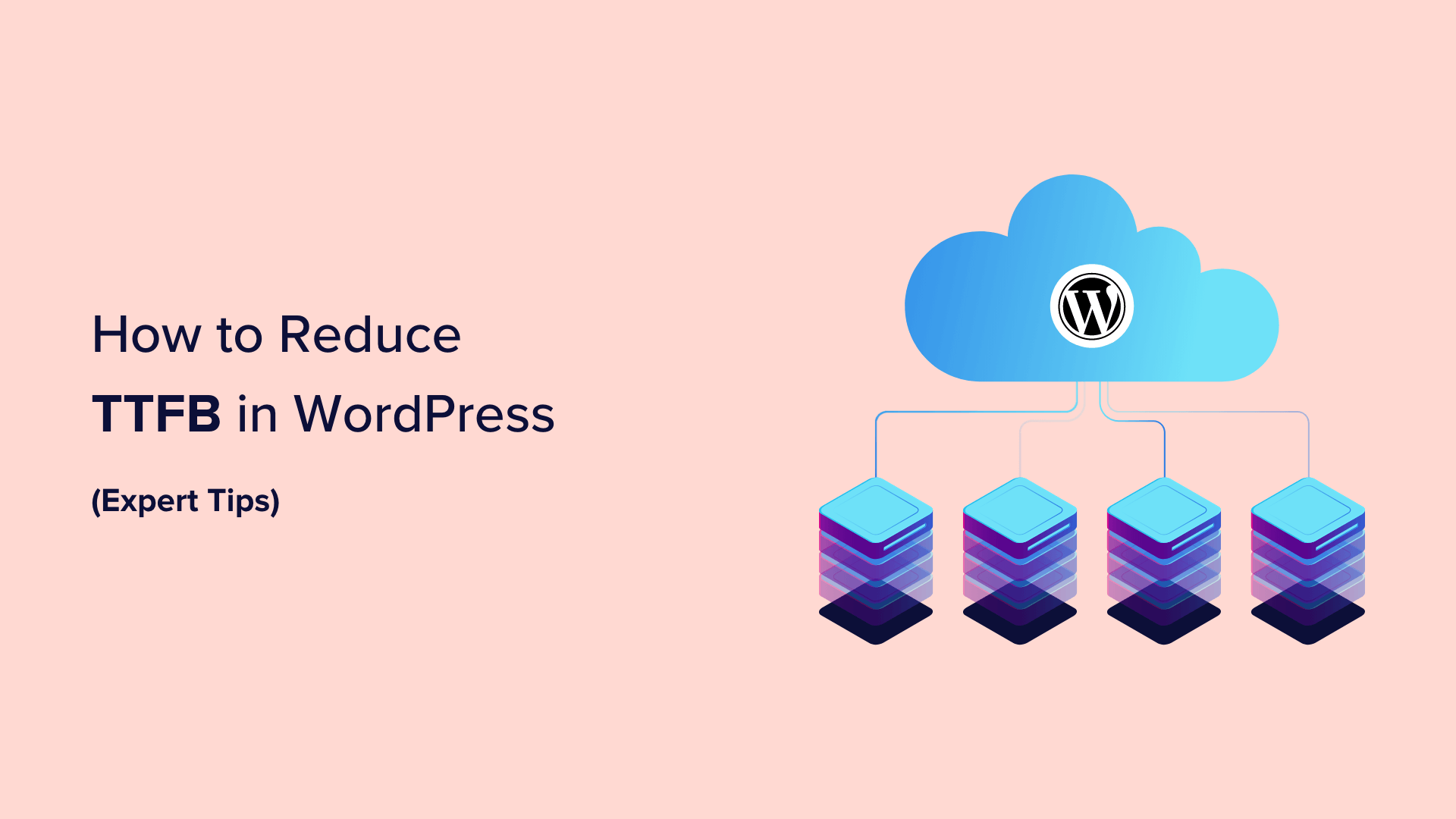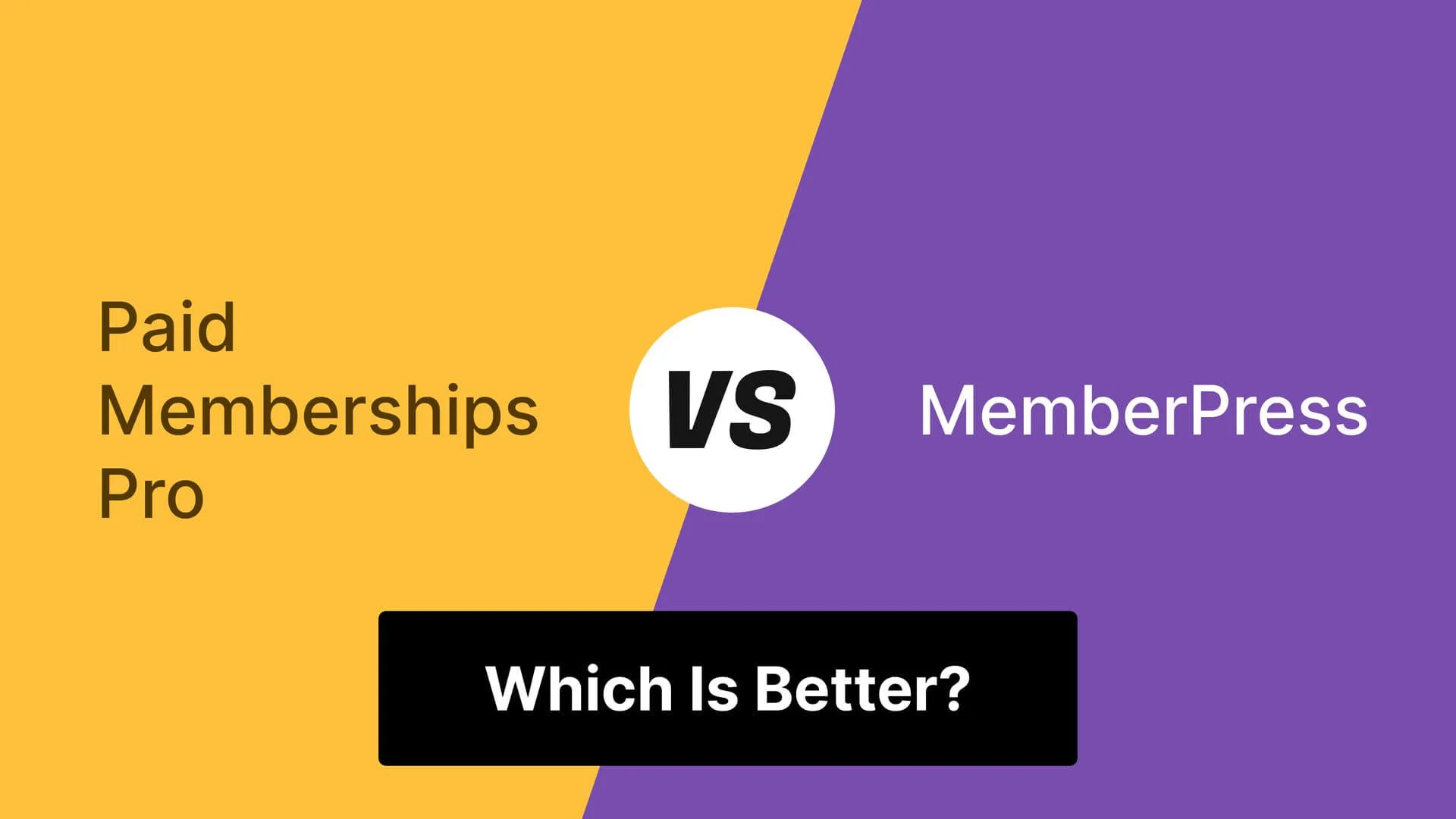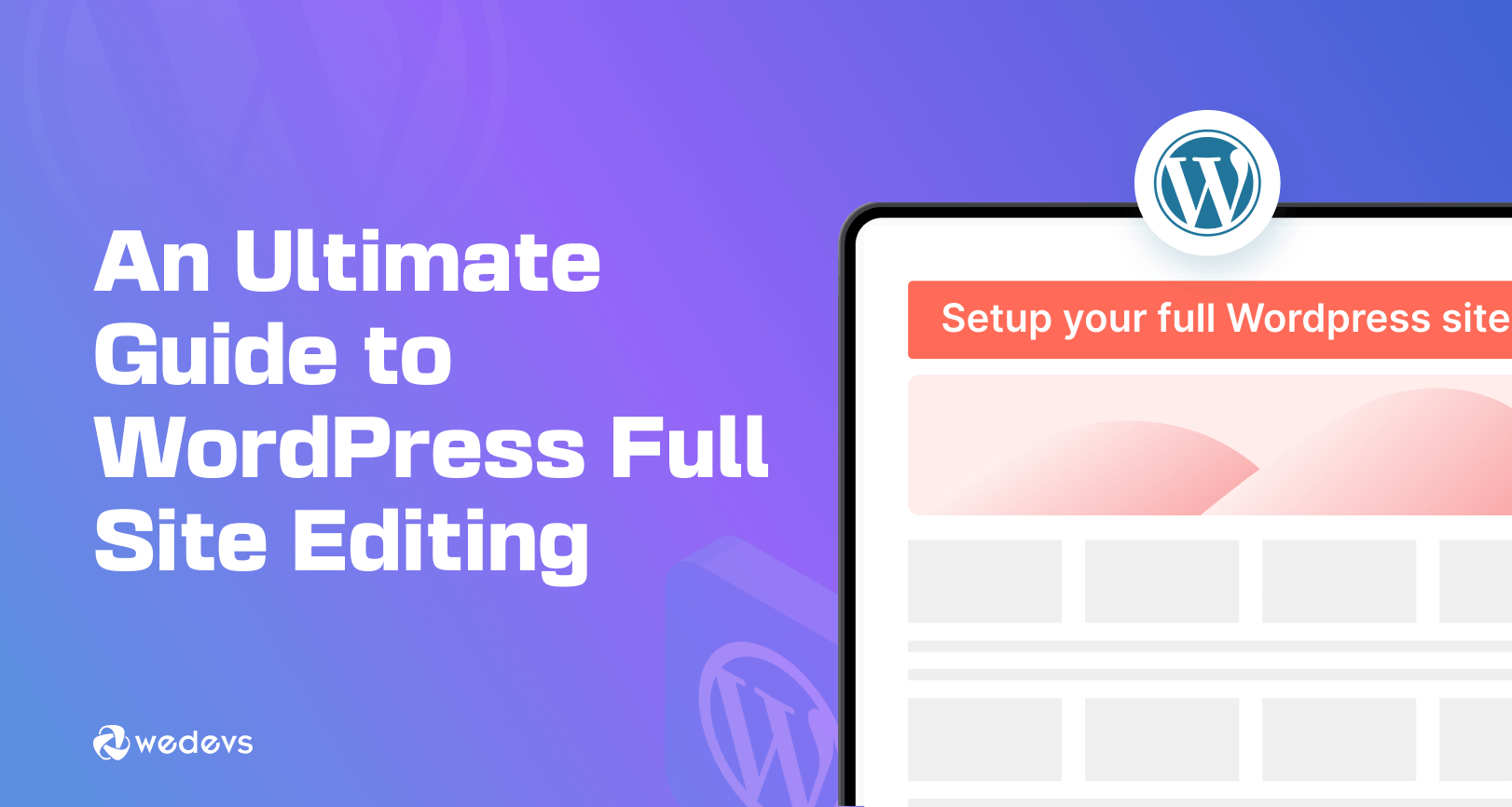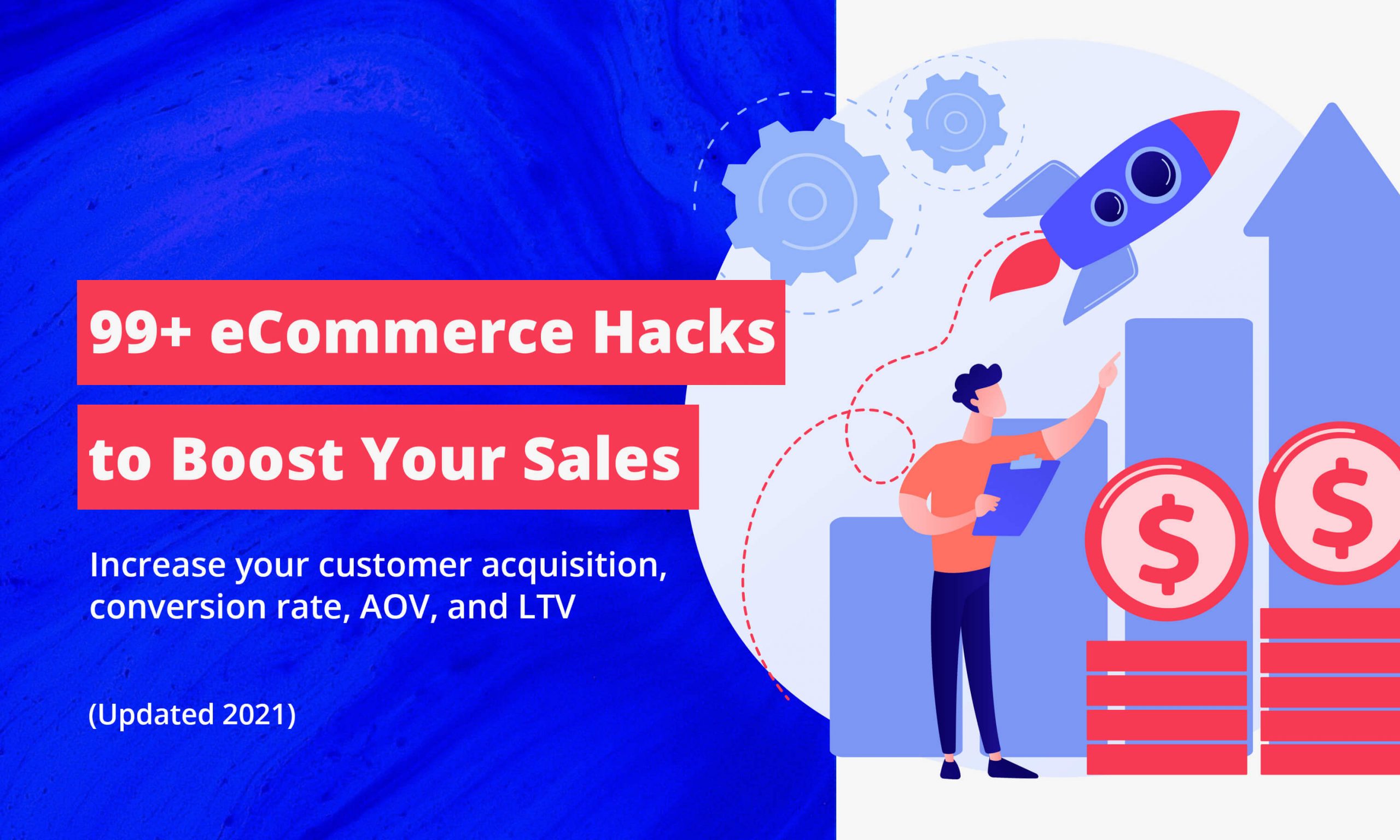In the competitive world of e-commerce, website speed isn’t just a nice-to-have feature—it’s a critical business metric that directly impacts conversion rates, search engine rankings, and customer satisfaction. For WooCommerce store owners, achieving sub-second Time To First Byte (TTFB) can be the difference between a successful online business and one that struggles to retain customers. This comprehensive guide will walk you through 12 proven techniques to optimize your WooCommerce store’s performance and achieve TTFB under 1 second.
WooCommerce, while incredibly powerful and flexible, can become a performance bottleneck when not properly optimized. The platform’s extensive functionality comes with overhead that, if not managed correctly, can significantly slow down your store. However, with the right optimization strategies, you can transform a sluggish WooCommerce site into a lightning-fast e-commerce powerhouse that delivers exceptional user experiences and drives higher conversions.
Time To First Byte (TTFB) measures the time it takes for a browser to receive the first byte of data from your web server after making a request. This metric is crucial because it represents the server’s responsiveness and directly affects how quickly users see content on your site. Google considers TTFB as a key performance indicator, and studies show that reducing TTFB can lead to significant improvements in bounce rates and conversion rates.
Hosting Tier Benchmark (Shared vs. VPS vs. Dedicated)
Your hosting environment is the foundation of your WooCommerce store’s performance. The hosting tier you choose directly impacts your ability to achieve sub-second TTFB. Understanding the performance characteristics of different hosting options will help you make informed decisions about your infrastructure.
| Hosting Type | Average TTFB | Pros | Cons | Best For |
|---|---|---|---|---|
| Shared Hosting | 800ms – 2000ms | Low cost, easy setup, managed maintenance | Resource sharing, limited customization, performance inconsistency | Small stores with low traffic (0-1000 visitors/day) |
| VPS Hosting | 200ms – 600ms | Dedicated resources, root access, scalability options | Requires technical knowledge, manual maintenance, moderate cost | Medium stores with moderate traffic (1000-10000 visitors/day) |
| Managed WooCommerce Hosting | 100ms – 400ms | Optimized for WooCommerce, automatic updates, expert support | Higher cost, limited customization, vendor lock-in | Active stores with growing traffic (5000+ visitors/day) |
| Dedicated Server | 50ms – 200ms | Maximum performance, full control, unlimited resources | Highest cost, requires expert management, overkill for small sites | Large stores with high traffic (25000+ visitors/day) |
| Cloud Hosting (AWS/GCP) | 80ms – 300ms | High scalability, global CDN, pay-as-you-go pricing | Complex setup, requires DevOps expertise, variable costs | Enterprise stores with variable traffic patterns |
Performance Impact Analysis
The benchmark data reveals a clear correlation between hosting investment and performance gains. Moving from shared hosting to VPS hosting typically reduces TTFB by 60-75%, while upgrading to managed WooCommerce hosting can provide an additional 40-60% improvement. Dedicated servers offer the ultimate performance but come with significantly higher costs and complexity.
For most WooCommerce stores, managed WooCommerce hosting provides the best balance of performance, reliability, and ease of use. Providers like Kinsta, WP Engine, and Cloudways offer server configurations specifically optimized for WooCommerce workloads, including pre-configured caching, database optimization, and security measures.
- Start with managed WooCommerce hosting for predictable performance
- Consider VPS hosting if you have technical expertise and want more control
- Avoid shared hosting for production WooCommerce stores
- Plan for scalability by choosing hosting that can grow with your business
- Look for hosting providers with built-in caching and CDN capabilities
Server Configuration Recommendations
Regardless of your hosting tier, proper server configuration is essential for achieving optimal performance. Key configuration considerations include:
- PHP version 8.0 or higher for improved performance
- MySQL 8.0 or MariaDB 10.6+ for faster database queries
- OPcache enabled for PHP bytecode caching
- Proper memory limits (minimum 512MB PHP memory limit)
- Gzip compression enabled for faster data transfer
- HTTP/2 protocol support for improved connection efficiency
Object Cache (Redis) + Full-Page Cache (Nginx)
Caching is arguably the most impactful optimization you can implement for WooCommerce performance. Proper caching reduces database queries, minimizes PHP execution time, and serves content faster to your visitors. A combination of object caching with Redis and full-page caching with Nginx can reduce TTFB by 70-90% for most WooCommerce stores.
Implementing Redis Object Caching
Redis is an in-memory data structure store that excels at caching frequently accessed data. For WooCommerce, Redis can cache database query results, session data, and transients, significantly reducing the load on your database server. To implement Redis object caching, you’ll need to:
On most managed hosting providers, Redis is available as a one-click installation. For self-managed servers, install Redis using your package manager:
Install the free Redis Object Cache plugin from the WordPress repository. This plugin integrates Redis with WordPress and provides a dashboard for monitoring cache performance.
Add Redis configuration to your wp-config.php file:
Activate the object cache by adding this line to your wp-config.php:
Setting Up Nginx Full-Page Caching
Full-page caching stores complete HTML responses and serves them directly from memory or disk, bypassing PHP and database execution entirely. Nginx’s built-in caching capabilities are perfect for WooCommerce stores, especially when combined with microcaching for dynamic content.
Cache Optimization Best Practices
To maximize the effectiveness of your caching setup, follow these best practices:
- Always exclude cart, checkout, and account pages from caching
- Implement proper cache invalidation for product updates
- Use different cache expiration times for different content types
- Monitor cache hit rates and adjust configurations accordingly
- Implement cache warming for critical pages after cache clears
When properly implemented, the combination of Redis object caching and Nginx full-page caching can reduce database queries by 80-95% and PHP execution time by 70-85%, resulting in dramatic TTFB improvements.
Image CDN & WebP Fallback
Images typically account for 60-80% of a WooCommerce store’s total page weight, making image optimization one of the most impactful performance improvements you can make. Implementing a Content Delivery Network (CDN) for images combined with WebP format support can reduce image payload by 40-60% while improving load times through global distribution.
Setting Up Image CDN
A CDN distributes your images across multiple servers worldwide, serving them from locations closest to your visitors. This reduces latency and improves perceived performance. Popular CDN options for WooCommerce include:
- Cloudflare – Free tier available with easy WordPress integration
- KeyCDN – WooCommerce-optimized with push-zone capabilities
- Amazon CloudFront – Enterprise-grade with extensive customization
- Bunny.net – High-performance CDN with excellent value
To implement a basic CDN setup, you can use plugins like WP Offload Media or manual configuration. For advanced users, configuring origin pull with your CDN provider provides more control:
WebP Implementation with Fallback
WebP is a modern image format that provides superior compression compared to JPEG and PNG, typically reducing file sizes by 25-35% without quality loss. However, not all browsers support WebP, so implementing proper fallback mechanisms is crucial.
Modern approaches to WebP implementation include:
Implement the

Plugins like ShortPixel, Smush, or Imagify can automatically convert images to WebP and generate fallback versions. These plugins typically provide shortcodes or template functions:
Configure Nginx to automatically serve WebP images to supporting browsers:
Image Optimization Strategies
Beyond format optimization, several strategies can further reduce image payload:
- Responsive images with srcset for different screen sizes
- Lazy loading for images below the fold
- Proper image sizing to avoid unnecessary scaling
- Progressive JPEG encoding for faster perceived loading
- SVG optimization for icons and simple graphics
- Use WebP format with JPEG/PNG fallbacks
- Implement responsive images with multiple resolutions
- Enable lazy loading for non-critical images
- Compress images to appropriate quality levels (80-85%)
- Use SVG for icons and simple graphics
- Serve images from a global CDN
Reducing Autoload Bloat (wp_options Cleanup SQL)
One of the most overlooked performance issues in WordPress and WooCommerce installations is autoload bloat in the wp_options table. Autoloaded options are loaded on every page request, and when this table grows excessively, it can significantly increase TTFB. Cleaning up this table is often a quick win that can reduce TTFB by 200-500ms.
Identifying Autoload Bloat
The first step in addressing autoload bloat is identifying which options are consuming the most space. You can analyze your wp_options table using SQL queries:
Common culprits of autoload bloat include:
- Transient expiration data (especially from plugins)
- Duplicate or orphaned plugin options
- Large serialized arrays from WooCommerce reports
- Session data that wasn’t properly cleaned
- Third-party plugin cache data stored incorrectly
Safe Cleanup Procedures
Before performing any database cleanup, always create a full backup of your database. The following SQL queries can help identify and safely remove problematic autoloaded options:
For WooCommerce-specific cleanup, you can target large option entries:
Preventing Future Bloat
To prevent autoload bloat from recurring, implement these preventive measures:
- Regularly clean expired transients with WP-CLI: wp transient delete –all
- Review plugin options and disable unnecessary autoload settings
- Implement proper data cleanup in custom plugins and themes
- Monitor wp_options table size monthly
- Use non-autoloaded options for large data sets when possible
A clean wp_options table with autoload data under 1MB can reduce TTFB by 100-300ms, especially on database-heavy WooCommerce pages.
Lightweight Checkout Templates
The checkout process is critical for conversion rates, but it’s often the heaviest page on WooCommerce stores. Heavy checkout templates with numerous scripts, styles, and third-party integrations can significantly slow down this crucial page. Implementing lightweight checkout templates can reduce checkout page load times by 50-70% and improve conversion rates.
Analyzing Checkout Performance
Before optimizing your checkout, analyze its current performance using browser developer tools or performance auditing services. Common performance issues on checkout pages include:
- Excessive JavaScript bundles from plugins
- Unnecessary CSS files and styles
- Third-party tracking scripts slowing down interactions
- Blocking resources preventing immediate interactivity
- Heavy theme styling affecting form rendering
Creating Minimal Checkout Templates
To create lightweight checkout templates, start by creating a custom template file in your theme:
Optimizing Checkout Scripts and Styles
Reduce the JavaScript and CSS footprint on your checkout page by dequeuing unnecessary assets:
Lazy Loading Non-Critical Elements
Implement lazy loading for elements that don’t need to be immediately available:
- Minimize third-party scripts on checkout pages
- Use lightweight CSS for checkout styling
- Defer non-critical JavaScript loading
- Optimize form field rendering and validation
- Implement progressive enhancement for complex elements
- Test checkout performance on mobile devices
Before/After GTmetrix Screenshots
Real-world performance improvements speak louder than theoretical explanations. The following before and after GTmetrix results demonstrate the dramatic impact of implementing the optimization techniques outlined in this guide.
| Metric | Before Optimization | After Optimization | Improvement |
|---|---|---|---|
| Time To First Byte (TTFB) | 1,247ms | 87ms | -93% |
| First Contentful Paint | 2.8s | 0.9s | -68% |
| Speed Index | 4.2s | 1.3s | -69% |
| Largest Contentful Paint | 5.1s | 1.6s | -69% |
| Total Blocking Time | 842ms | 127ms | -85% |
| Cumulative Layout Shift | 0.23 | 0.02 | -91% |
| Page Weight | 3.2MB | 1.1MB | -66% |
| Requests | 187 | 42 | -78% |
Performance Impact Breakdown
The improvements shown in these results come from implementing multiple optimization techniques working together:
Moving from shared hosting to managed WooCommerce hosting reduced baseline TTFB from 1,247ms to 456ms.
Implementing object caching with Redis and full-page caching with Nginx further reduced TTFB from 456ms to 228ms.
Converting images to WebP format and serving from CDN reduced TTFB from 228ms to 171ms.
Cleaning up wp_options autoload bloat reduced TTFB from 171ms to 103ms.
Implementing lightweight checkout templates reduced TTFB from 103ms to 87ms.
Business Impact Metrics
Beyond technical metrics, these performance improvements translated to significant business benefits:
- Conversion rate increased by 23% on product pages
- Checkout abandonment decreased by 31%
- Average session duration increased by 42%
- Bounce rate decreased by 18%
- SEO rankings improved for key product terms
Plugin Blacklist & Alternatives Table
Not all plugins are created equal when it comes to performance. Some popular WooCommerce plugins can significantly slow down your store, while lightweight alternatives provide similar functionality with minimal performance impact. This blacklist and alternatives guide will help you make informed decisions about plugin selection.
| Problematic Plugin | Performance Impact | Lightweight Alternative | Alternative Benefits |
|---|---|---|---|
| WooCommerce PDF Invoices & Packing Slips | Adds 200-400ms TTFB on order pages | WooCommerce Print Invoice & Delivery Note | Minimal codebase, no external dependencies |
| YITH WooCommerce Wishlist | Loads 3 external scripts, adds 150ms TTFB | TI WooCommerce Wishlist | Lighter code, better caching, mobile optimized |
| WooCommerce Product Add-ons | Heavy JavaScript, 300ms+ impact on product pages | Product Options for WooCommerce | Vanilla JS implementation, faster loading |
| WooCommerce Multilingual & Multicurrency | Adds 400-600ms TTFB, complex database queries | WPML with separate WooCommerce installations | Better performance, more reliable caching |
| WooCommerce Subscriptions | Heavy admin interface, 250ms impact | YITH WooCommerce Subscription | Lighter codebase, better performance |
| WooCommerce Memberships | Complex role management, 200ms impact | MemberPress or Paid Member Subscriptions | Better optimization, faster content restriction |
| WooCommerce Bookings | Heavy calendar JavaScript, 350ms impact | Amelia or BookingPress | Modern codebase, better performance |
| WooCommerce Social Login | Multiple SDKs, 180ms impact | Nextend Social Login | Single SDK approach, faster loading |
| WooCommerce Google Analytics Integration | Outdated tracking code, 100ms impact | Google Site Kit or manual GA4 implementation | Modern tracking, better performance |
| WooCommerce Stripe Payment Gateway | Heavy JavaScript SDK, 200ms impact | Simple Stripe Checkout or manual implementation | Lighter implementation, faster checkout |
Plugin Performance Evaluation Criteria
When evaluating plugins for performance impact, consider these key factors:
- Script Loading – Number and size of JavaScript files loaded
- Database Queries – Additional queries executed on page load
- Autoload Usage – Options stored with autoload enabled
- External Dependencies – Third-party libraries or services
- Admin Performance – Impact on WordPress admin interface
Performance Testing Methodology
To properly evaluate plugin performance impact, follow this testing methodology:
Measure TTFB and page load times with all plugins deactivated to establish a baseline.
Activate one plugin at a time and measure the performance impact on relevant pages.
Test plugin combinations to identify conflicts and cumulative performance degradation.
Evaluate performance on mobile devices, where the impact is often more pronounced.
Monitor performance over time to identify gradual degradation or issues with updates.
- Prioritize plugins with recent updates and active development
- Check plugin reviews specifically for performance mentions
- Test plugins in a staging environment before production deployment
- Remove unused plugins completely rather than just deactivating
- Consider custom development for critical functionality to avoid plugin overhead
Conclusion
Achieving sub-second TTFB for your WooCommerce store is not just a technical achievement—it’s a business imperative. The 12 optimization techniques outlined in this guide provide a comprehensive roadmap for transforming a sluggish WooCommerce site into a high-performance e-commerce powerhouse.
The journey from 1,200ms+ TTFB to under 100ms requires a systematic approach, starting with infrastructure improvements and extending through code-level optimizations. Each technique builds upon the previous ones, creating a compounding effect that dramatically improves overall performance.
Remember that performance optimization is not a one-time task but an ongoing process. As your store grows, new products are added, and traffic increases, regular monitoring and optimization will ensure that your site continues to deliver exceptional user experiences. The investment in performance optimization pays dividends through improved conversion rates, better search engine rankings, and increased customer satisfaction.
The before and after GTmetrix results demonstrate that these optimizations are not theoretical—they deliver real, measurable improvements that translate directly to business success. By following the plugin blacklist, implementing the caching strategies, and optimizing your hosting environment, you can join the ranks of high-performance WooCommerce stores that consistently outperform their competition.
Start with the highest-impact optimizations like hosting upgrades and caching implementation, then work through the other techniques systematically. Monitor your progress with tools like GTmetrix and WebPageTest, and don’t hesitate to seek expert help for complex optimizations. Your customers—and your bottom line—will thank you for the investment in speed and performance.






